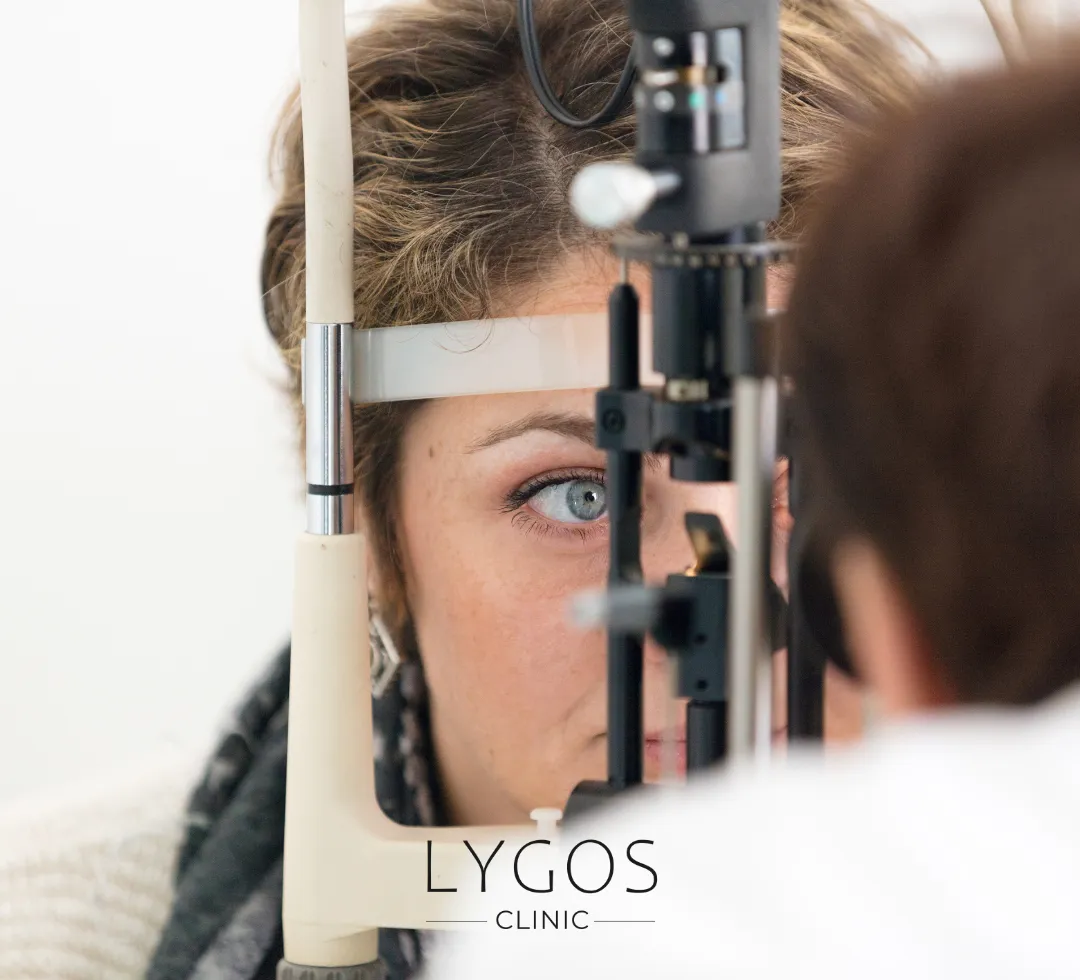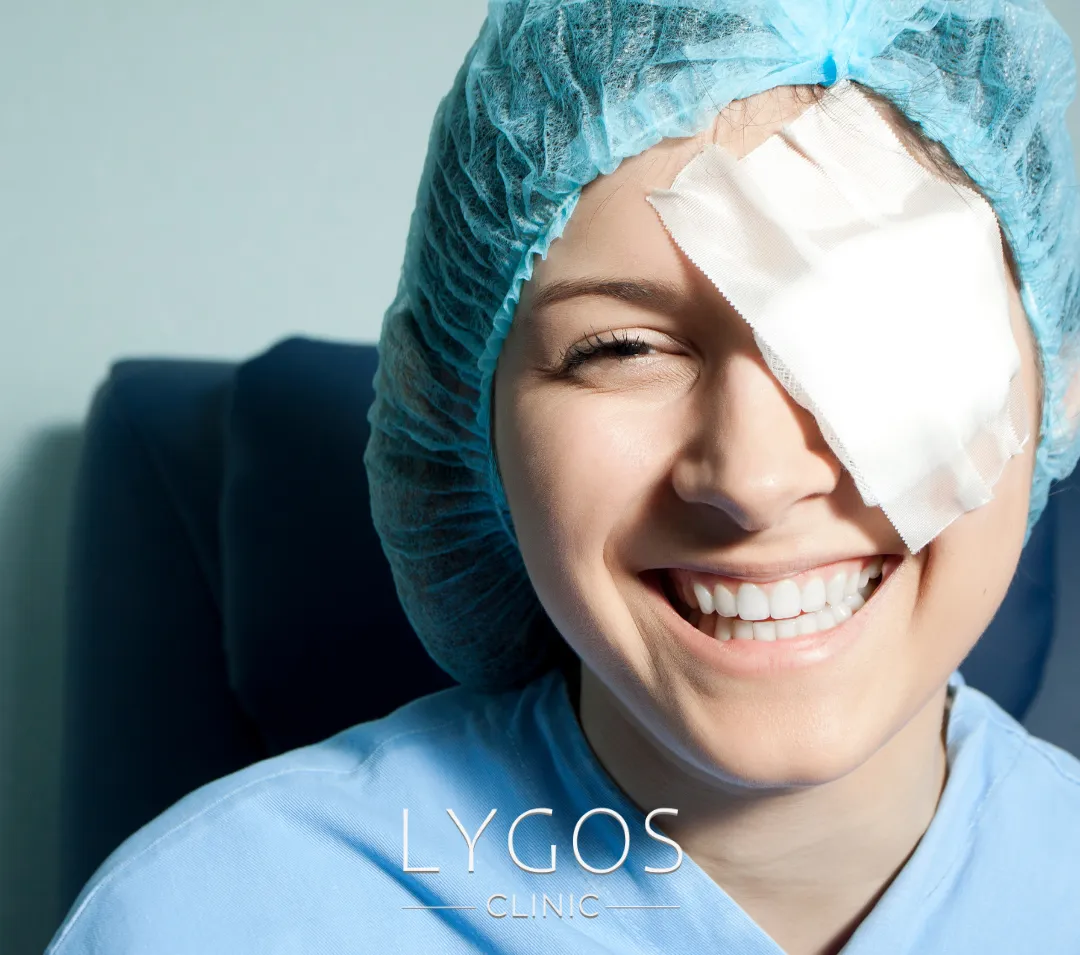What is Retinal Detachment?
Retinal detachment can cause permanent vision loss if left untreated. In this case, retinal surgery is urgently needed. Retinal tears are usually characterized by symptoms such as flashes of light, narrowing of the visual field, seeing objects as broken or larger or smaller than they are, black dots or flies. Recognizing these symptoms and consulting a doctor in time is crucial for early diagnosis and treatment. Early diagnosis can prevent a potential risk of blindness. If the retinal layer is not completely detached, but only torn, this can be repaired with a simple intervention using the Argon Laser. This laser treatment sutures the tear, holding the retina in place and preventing the disease from progressing. Acting quickly when symptoms appear is therefore a critical step to protect eye health.
Get Free Consultation
Chose Your Topic

What are the Symptoms of a Retinal Detachment?
Symptoms of a retinal detachment begin with visual disturbances, such as sudden flashes of light in the eye and the swirling of flies. This is accompanied by dark spots that float from top to bottom and resemble soot. Another symptom of a retinal detachment is loss of vision in the area where the retinal layer is detached.
As a result, vision becomes blurred and sometimes looks like a moving gray curtain. These symptoms indicate that the disease is progressing and require urgent medical attention. Early diagnosis and treatment for retinal detachment symptoms is vital to prevent permanent vision loss.
How is Retinal Detachment Treated?
Treatment methods are determined depending on the degree of retinal damage. Retinal surgeries are usually performed in a hospital setting under local or general anesthesia. Retinal detachment treatment requires surgical intervention. In this process, it is essential to replace the retinal tissue. Most patients undergo vitrectomy surgery for this purpose. So, how is retinal detachment treated?
Vitrectomy is a procedure used to repair large tears in the retina. In this procedure, the transparent, gel-like vitreous tissue that fills the inside of the eye is removed and replaced with a gel-like fluid. Depending on the size of the tear, additional treatment methods such as laser, gas or silicone tampons may be used. If there are only tears in the retina, they can be repaired with the argon laser.
The argon laser is a laser treatment used by retina specialists and is combined with microsurgical techniques. After this treatment, patients are usually discharged within a day. In more advanced cases, scleral buckling applied from outside the eye may be used. In this method, thin strips of silicone are placed under the conjunctiva, which covers the white of the eye.
These strips are threaded under the eye muscles, pressing the eye from the outside and helping the retina to settle into place. During this procedure, permanent adhesion is usually achieved with argon laser or cryotherapy (cold application). Pneumatic retinopexy can be used for early-stage retinal detachments. In this method, gas is injected into the eye and the patient is advised to rest in a certain position.
During this process, the retina settles into place, followed by Argon laser treatment. This method is sometimes also used to remove hemorrhages in the yellow spot. When treating a retinal tear, it is very important to repair the damage to the retina and preserve the patient's vision. Early diagnosis and correct treatment can prevent permanent vision loss that can be caused by a serious eye condition such as retinal detachment.
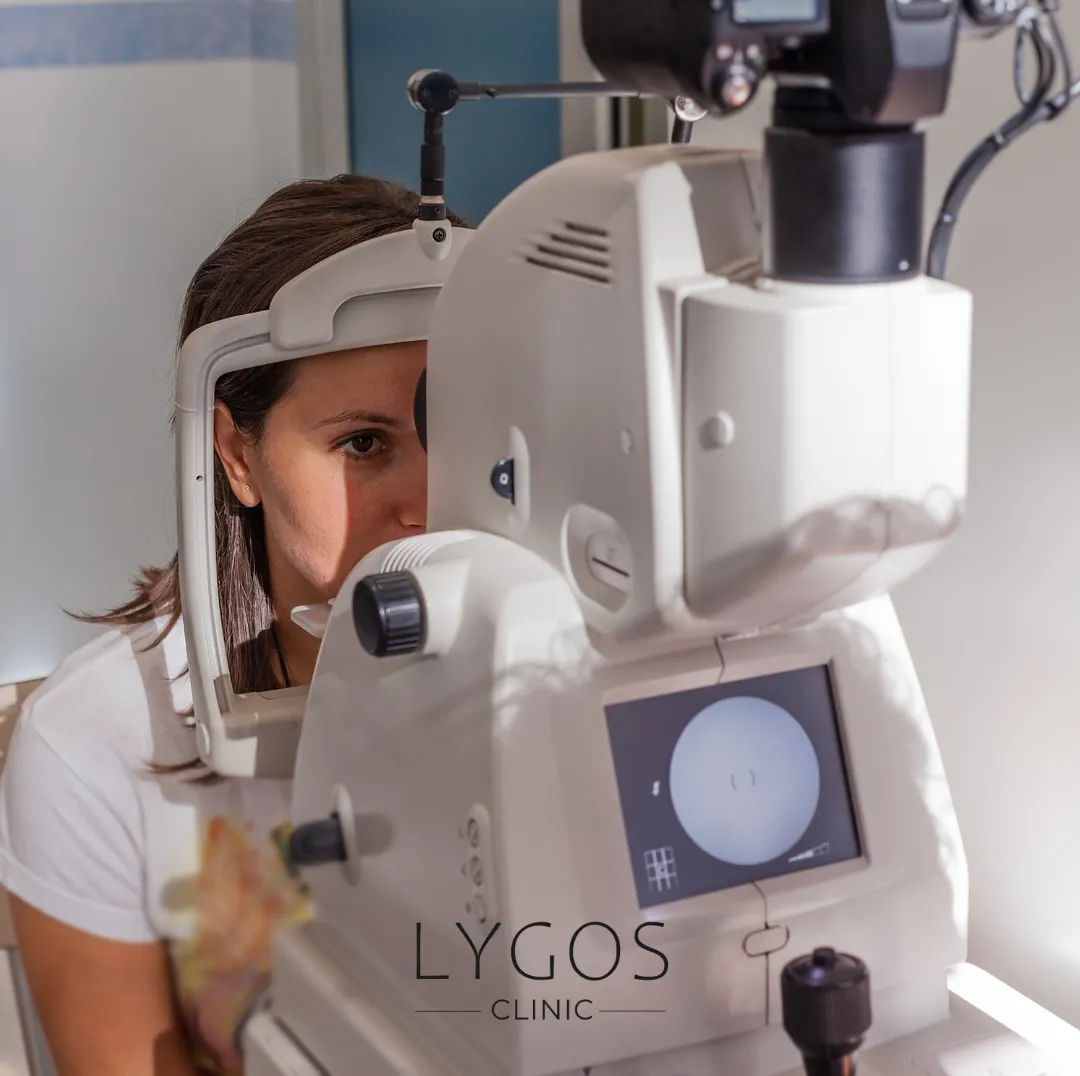
Tractional Retinal Detachment
Retinal Detachment Surgery Success Rate
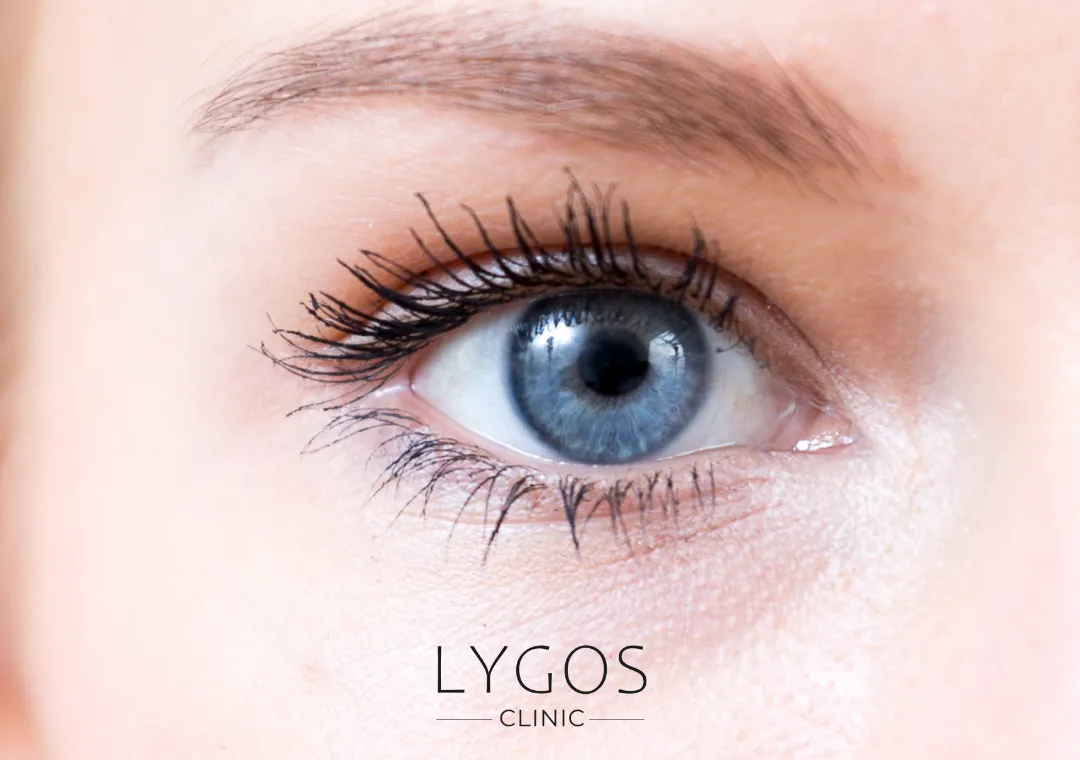
Retinal Detachment Surgery Results
Those who have retinal detachment surgery can get rid of the risk of not being able to see. This type of surgery, which enables patients to live a healthier life with a success rate of over 90 percent, is improving itself day by day thanks to modern surgery.
Therefore, those who have retinal detachment surgery can get rid of the damage to the retina. In addition to the details mentioned above, those who undergo retinal detachment surgery can also get rid of visual disturbances such as sudden flashes of light and flies in the eye. However, it is very critical that the procedure is performed by a specialized doctor and that the post-treatment rules are followed.
Retinal Tear After Laser Treatment
Retinal detachment is a serious eye disease that can lead to blindness if left untreated. Today, it can be successfully treated with surgery in about 90% of cases, although in some cases a second operation may be necessary. Despite this high success rate, the improvement in vision cannot always be predicted with certainty.
Especially after laser treatment of a retinal tear, it is important to be extra careful and to follow the doctor’s advice to the letter. It can sometimes take months or even 1-2 years to recover vision. The most important factor affecting surgical success and visual recovery is the time between the onset of the disease and surgery. Therefore, early diagnosis and treatment is of vital importance in retinal detachment.
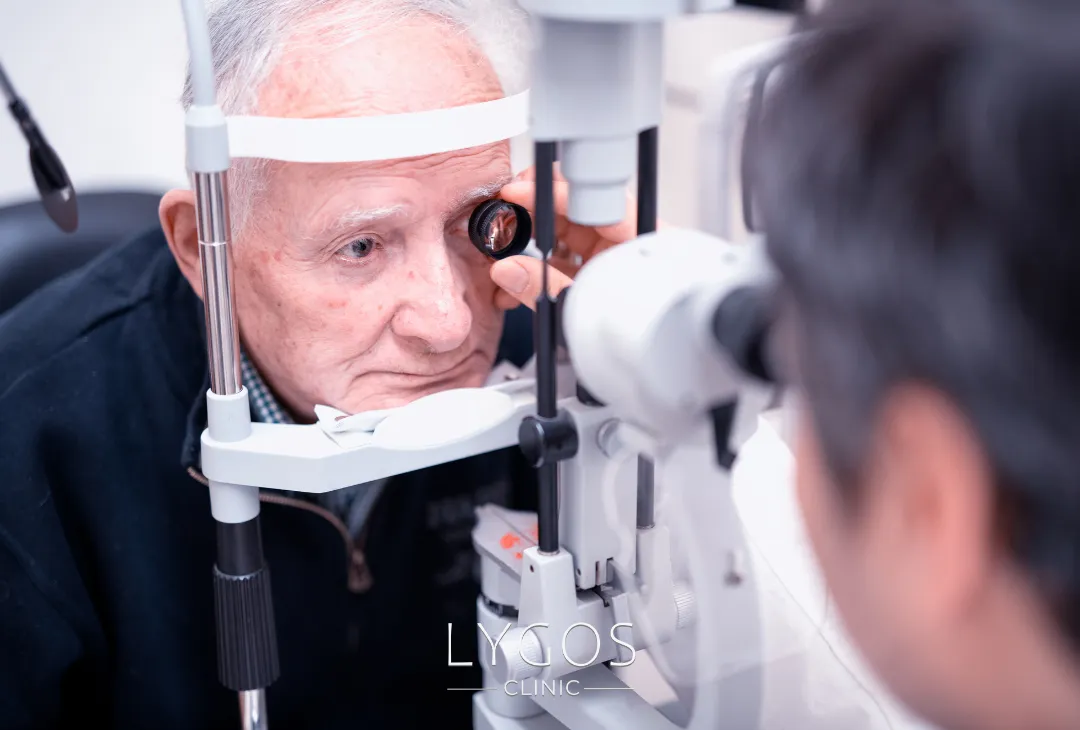

Recovery Process After Retinal Detachment Surgery
The recovery period after retinal detachment surgery takes about 2 months. If silicone oil was applied into the eye during surgery, this oil is removed after 2 months at the earliest. Following the postoperative check-up dates set by the doctor is extremely important for a successful recovery.
Retinal detachment can occur not only in adults but also in children and infants. Regular eye examinations play a critical role in protecting their visual health, especially as babies are unable to express their concerns. Therefore, it is vital that parents take this condition seriously and take their babies to the eye doctor regularly.
Retinal Tear Surgery Costs
Major advances in retinal tear surgery options in recent years have enabled patients to be treated more quickly and effectively. Therefore, there are several factors that determine the retinal tear surgery costs. The location and equipment of the health institution where the operation will be performed, the experience of the surgeon and his team, and the quality of the materials used are among these factors.
It is important that the patient undergoes a detailed examination before retinal tear surgery and the most appropriate treatment method is determined. Without completing this process, it is not possible to give clear information about the retinal detachment surgery costs. You can get detailed information about retinal tear surgery costs and other questions by contacting us.

Frequently Asked Questions About Retinal Detachment
BLOG

What is Sinusitis | What Are Its Symptoms?
Chose Your Topic What is Sinusitis and What Are Its Symptoms? Sinusitis is a common health issue affecting many people

Skin Cancer | Symptoms, Causes and Prevention Methods
Chose Your Topic Skin Cancer Skin cancer is one of the most common types of cancer worldwide. Prolonged sun exposure,

Testosterone Deficiency | Symptoms of Testosterone Deficiency
Chose Your Topic Testosterone Deficiency Testosterone is a crucial hormone, especially for male health. It regulates many biological processes in


